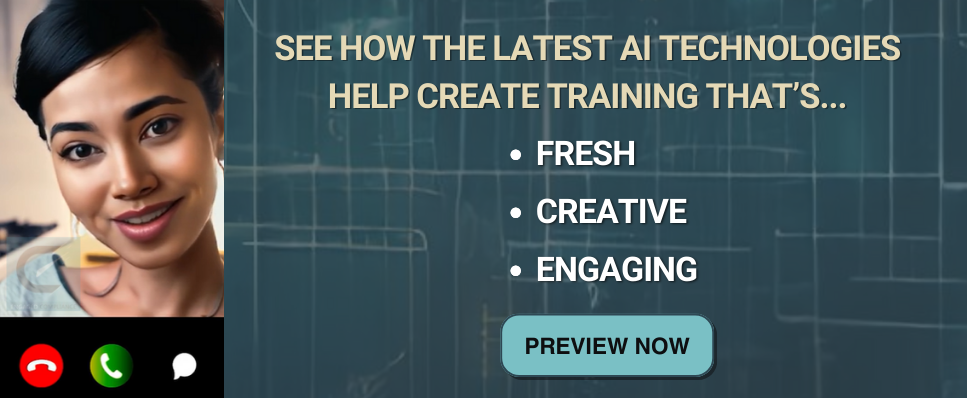In an era where technology evolves at breakneck speed, staying ahead of the curve is crucial for every aspect of business, including compliance training. Over the past two years, the rapid advancement of technology has drastically reshaped how organizations operate and train their workforce. As we look ahead, understanding these changes and anticipating future trends is key for compliance officers dedicated to maintaining an ethical, legally sound, and efficient workplace.
The last two years have seen significant technological changes, primarily driven by increased remote work, enhanced data analytics, and the integration of artificial intelligence (AI) in everyday business processes. Cloud technologies have become more robust, allowing for the secure, scalable distribution of resources. AI and machine learning have moved from experimental to essential, powering everything from customer service chatbots to advanced data analysis tools. Moreover, cybersecurity measures have had to adapt rapidly to safeguard increasing volumes of sensitive data against more sophisticated cyber threats.
The Impact on Compliance Training
Compliance officers have increasingly turned to digital solutions to enhance training effectiveness and reach. Traditional in-person workshops have given way to on-demand videos and online modules that employees can access anytime, anywhere, ensuring flexibility and continuity in training. Gamification has been employed to increase engagement by making learning more interactive and enjoyable. These methods have not only broadened the scope of who can be trained but have also provided more data on employee engagement and understanding.
Given the anticipated advancements in technology, compliance officers have exciting new tools at their disposal:
- AI-Driven Automation: AI can automate routine compliance tasks, such as tracking regulatory changes and updating training materials accordingly. This can free up time for compliance officers to focus on more strategic initiatives.
- Advanced Analytics for Personalized Learning: By leveraging data analytics, training programs can be tailored to the individual needs of employees, identifying areas where more focus is required and adjusting the training intensity and methods accordingly.
- Immersive Technologies for Realistic Scenarios: Using VR and AR, compliance training can simulate real-world scenarios that are difficult to replicate in a classroom or a web module. This can be particularly beneficial for complex decision-making training or for preparing employees for rare but critical situations.
- Blockchain for Certification and Tracking: Blockchain technology can be used to securely record and verify training completions and compliance certifications, providing an immutable audit trail.
Addressing Challenges with AI in Compliance
While AI offers vast opportunities, it also presents challenges, particularly in terms of policy and ethical use. Compliance officers must navigate the implications of AI, ensuring that its use aligns with legal standards and ethical norms. Developing clear policies on AI use, focusing on transparency, accountability, and data privacy, is essential.
Moreover, as AI technologies handle more tasks previously managed by humans, ensuring that these systems are free of bias and operate fairly becomes paramount. Compliance training must evolve not only to incorporate these technologies but also to address the new kinds of ethical dilemmas they present.
Looking Ahead
The trajectory of technology points towards even greater integration of AI and machine learning, with an emphasis on automation and predictive analytics. For compliance officers, the message is clear: evolving with technology is not optional; it’s imperative.
By embracing the latest technological innovations, compliance professionals can enhance the efficacy and reach of their training programs, better preparing their workforce to act ethically and comply with regulatory demands. Keeping pace with technology will enable compliance teams to not only respond to current requirements but also to anticipate and prepare for future challenges.
____________________________________________________________________________________________________
